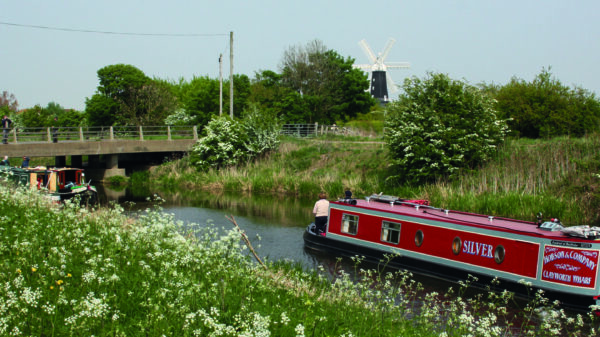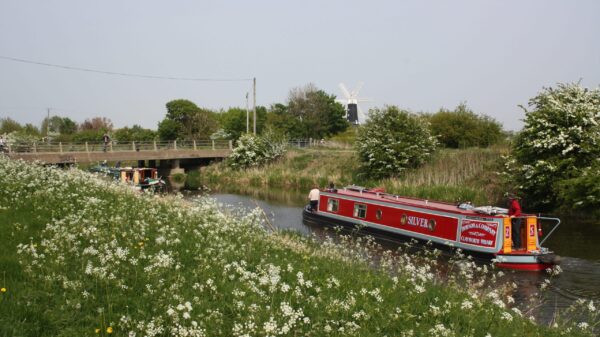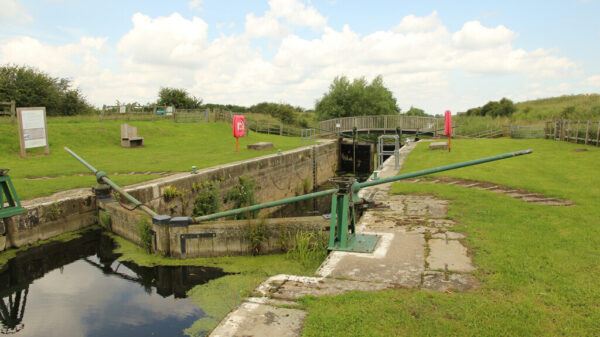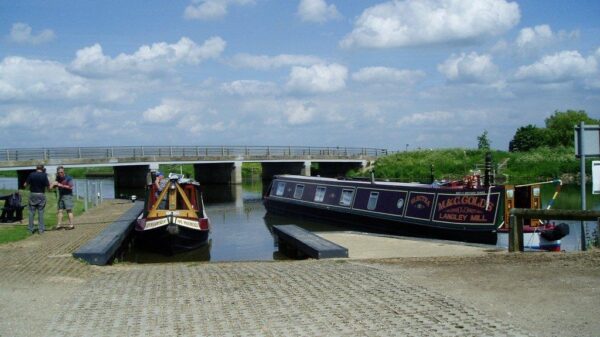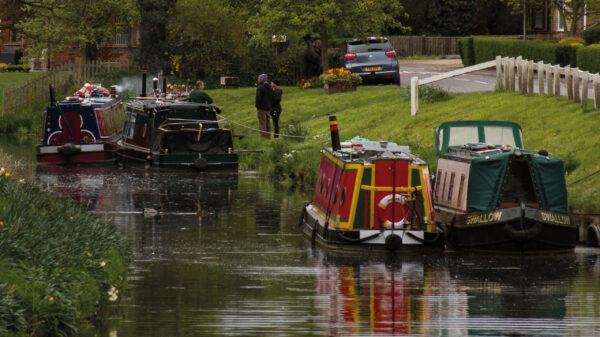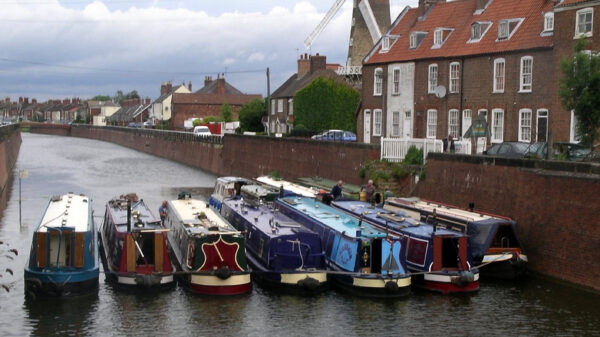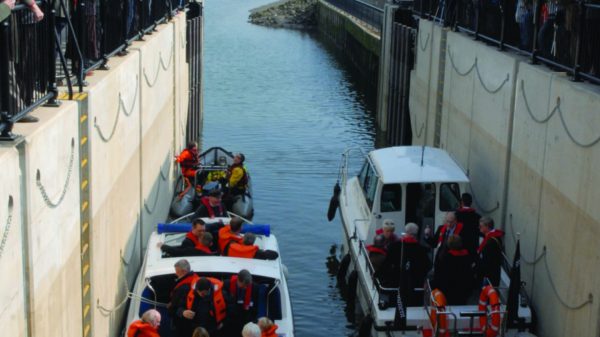About the Witham Navigable Drains
The Witham Navigable Drains are part of a much larger drainage system managed by the Witham Fourth District Internal Drainage Board and the Environment Agency. Several attempts to drain the fens were made before the current network was constructed in the early nineteenth century. The use of the drains for navigation was first proposed in 1779 with a lock to connect to the River Witham. Anton’s Gowt Lock is named after Sir Anthony Thomas, one of the people who helped drain the Witham Fens from 1631 onwards and “gowt” meaning a sluice or outflow; probably originating from ‘go out’. Some of the drains were adapted for boats and the network originally had five locks.
The Maud Foster Drain and Windmill take their name from the land owner whose donation of land in 1564 enabled Boston to be saved from flooding through the digging of a new cut. The Maud Foster Windmill is a tower mill with five sails. It is one of the tallest in the UK and was built in 1819 for the brothers Thomas and Isaac Reckitt whose company later became Reckitt & Colman and now Reckitt Benckiser. The mill succumbed to mechanical problems in 1948, but was repaired by the Reckitt Family Charitable Trusts and again by the present owners.
The Drains are primarily for drainage purposes and water levels are lowered from October to April to provide more capacity for winter rainfall making navigation impossible. The water level is indicated on a gauge at the tail of Anton’s Gowt Lock. The most straightforward route to the Maud Foster Windmill is to head east (turn right) from Anton’s Gowt along Frith Bank Drain to the junction at Cowbridge Lock, and then south into Boston along the Maud Foster Drain.
[The photo shows an IWA Lincolnshire gathering of boats in Boston on Maud Foster Drain]


